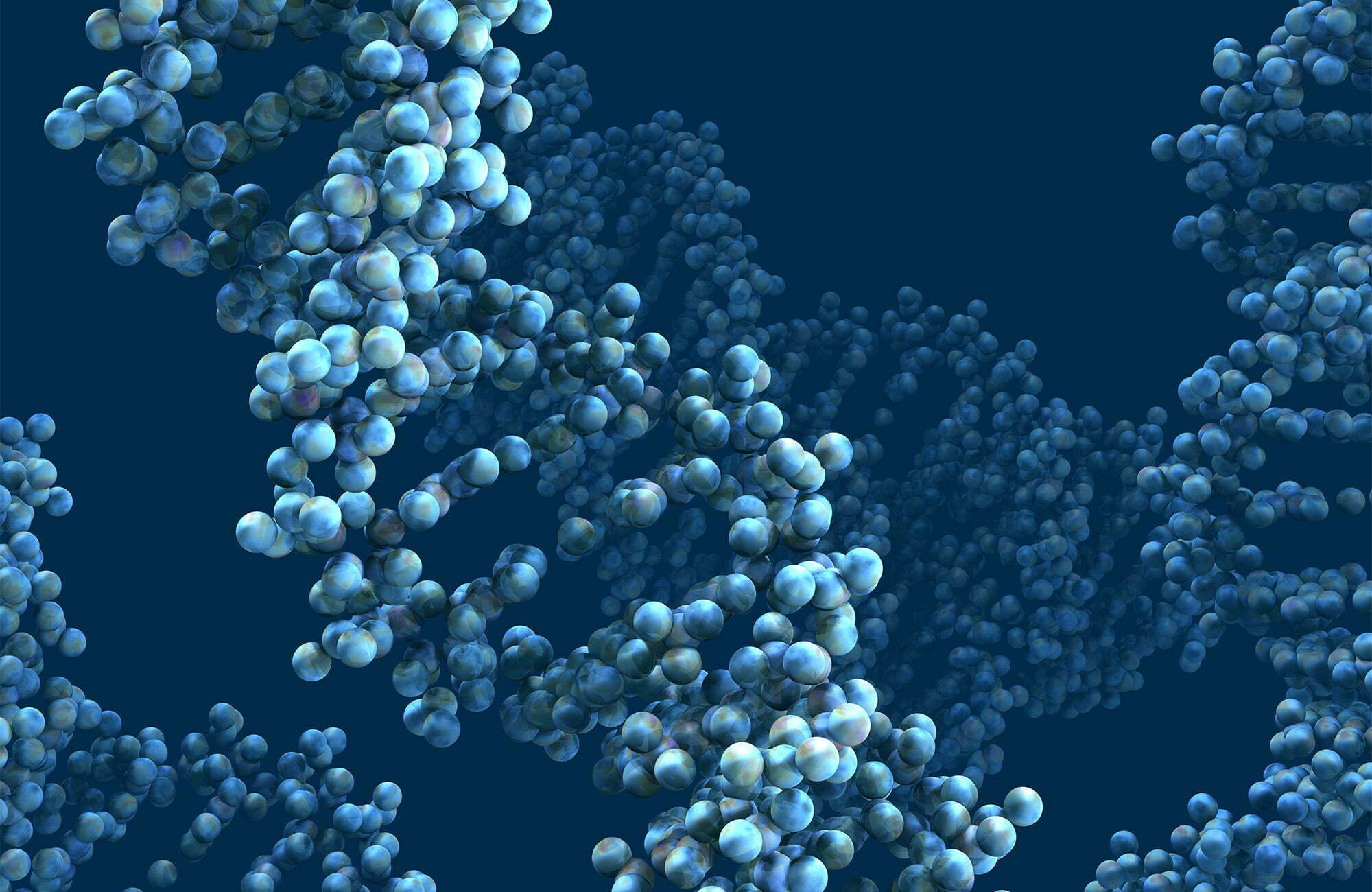24 Mar Zebrafish Cell Lines: A Cost-Effective and Ethical Alternative to Animal Testing for Drug Discovery

Zebrafish cell lines are a valuable tool in the field of drug discovery, with numerous benefits and applications for reproductive drug toxicity screening. Cell lines are groups of cells that can be used repeatedly for experimentation, making them crucial in this field. While primary cells have a limited life and undergo senescence after division, zebrafish cell lines can be cultivated indefinitely, allowing for rapid drug discovery and approval.
Zebrafish are becoming increasingly popular in cancer research due to their ability to replicate cancer development similar to that in humans, identify multiple genes at once, and allow easy implantation of human cancer cells. Zebrafish embryos are transparent, making it easy to study internal organs and carry out detailed testing. Each zebrafish produces hundreds of eggs every 7-10 days, making it a cost-effective and efficient model.
Using zebrafish for drug discovery is considered more ethical than in vivo testing on live animals such as mice and rats. The 3Rs principle is followed: Replacement, Reduction, and Refinement to avoid animal use, reduce the number of animals used, and improve animal welfare. As zebrafish are not considered “live” until 5-6 days after fertilization, they are suitable for in vitro testing.
Zebrafish cell lines can be easily injected and modified to create experimentation scenarios. Fluorescent dyes are used to identify certain cell cultures and their behavior and reactions to chemicals. This allows scientists to visualize the effect of chemicals on the structure of cells easily and quickly. The use of zebrafish cell lines in drug discovery is more advantageous compared to live animal testing as it was impossible to view what was going on inside the body previously.
Using zebrafish cell lines in pharmaceutical experiments has a valuable influence on the role of New Molecular Entities (NMEs), which are parts of active molecules that have not been approved by the FDA but are used in drugs launched on the market due to their positive effects on illness and disease as part of a different experimentation process. Using zebrafish to test these NMEs can lead to faster and more efficient drug approval.
The selection of zebrafish for their cell line multiplication is ideal for toxicity testing as there is such a great need for rapid new drug discovery. Creating cell cultures using zebrafish is a fast and cost-effective way to increase the number of experiments required to address the many evolving diseases in the world. Zebrafish cell lines are therefore highly attractive to investigate cell biology and complement the experimental tools that are already available.
Source: https://blog.biobide.com/zebrafish-cell-lines-benefits-and-applications.




No Comments